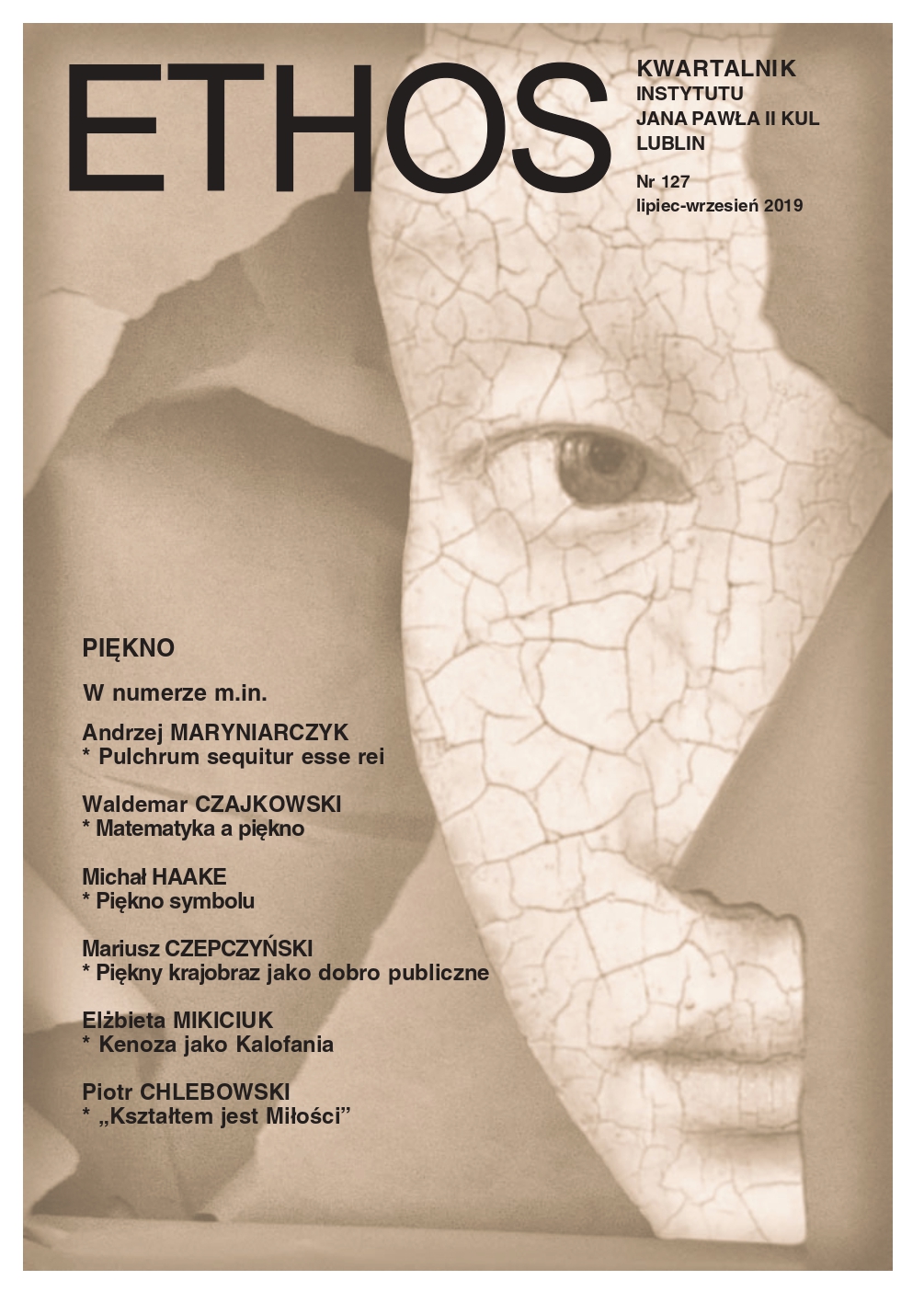BOGOWIE, HEROSI I CNOTY. Piękno jako cnota we włoskim malarstwie i grafi ce wczesnego renesansu
GODS, HEROES, AND VIRTUES: Beauty as a Virtue in the Italian Painting and Graphic Art of the Early Renaissance
Author(s): Beata Purc-StępniakSubject(s): Visual Arts, Aesthetics, Sociology of Art, History of Art
Published by: Katolicki Uniwersytet Lubelski Jana Pawła II - Instytut Jana Pawła II, Wydział Filozofii
Keywords: iconography of the 15th-century Italian Renaissance; the nude; allegory of beauty; allegory of love; soul; virtue; 15th-century Neoplatonism;
Summary/Abstract: In the Italian art of the 15th and 16th centuries, in particular in paintings representing allegories of love and marriage, as well as in the decoration of wedding gifts, a frequent motif was that of the female nude. Visual compositions characteristic of the time were related to its literary and philosophical discourse, the attractive female figure playing the role of Venus, the goddess of love. However, the physical beauty of the images of women was not intended to evoke sensual pleasure nor was it used to cautiously express sexual desire. Those images were not infrequently personifications of certain phenomena and concepts, and were used by artists as a means to voice their views on social or legal issues and to comment on various aspects of culture. At the same time, female nudes, which were manifestations of corporality, expressed an understanding of love as an affect and love in the context of an arranged marriage, as well as the sublime love described by humanists and associated with the Christian faith and the perspective of salvation. As the Renaissance representations of love embraced such elements as civic attitudes (emphasizing, among others, the value of honor) and legality (of marriage), one may consider the beauty personified in the figures of women as a virtue. Such a concept of beauty, expressed in art, was created by the Florentine scholars, proponents of the aesthetic principles put forward by the writers−humanists, and it was developed by Marsilio Ficino, whose understanding of beauty, virtuous life, and dignity referred to the idea of the good described in Plato’s Symposium. The need to express an inner beauty of the human being was popular also among the bourgeois milieu of wealthy merchants. Beauty was considered as inherent to the harmony of the soul, as well as the root of the desire for perfection accomplishable by way of virtue. Nature was interpreted as the model of beauty reflected in the universe created by God. Nudes represented against picturesque landscapes symbolically rendered the original beauty which organized the universe and which was reflected in the human soul considered as a microcosm and, as such, as the image of the divine in the human nature. Artistic representations of modest and beautiful women pointed to the inseparable connection between beauty and virtue.
Journal: Ethos. Kwartalnik Instytutu Jana Pawła II KUL
- Issue Year: 32/2019
- Issue No: 3
- Page Range: 93-123
- Page Count: 39
- Language: Polish
- Content File-PDF

